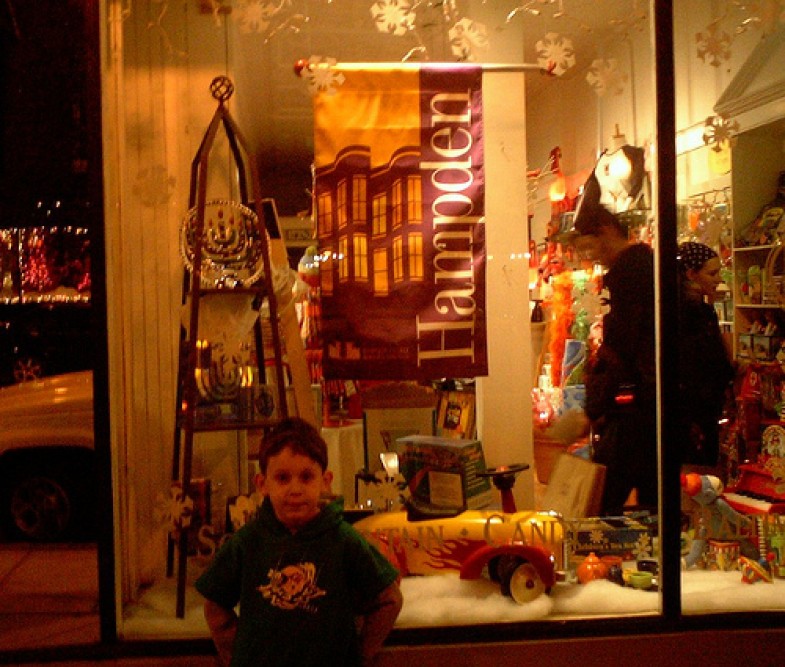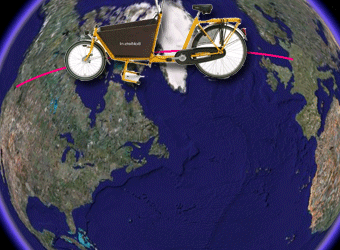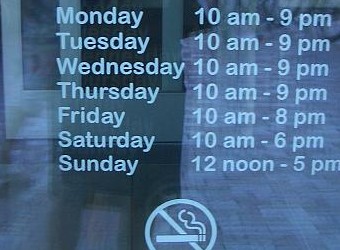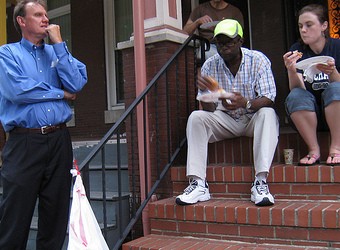Living in a neighborhood—even the swankest one—with no grocery, coffeeshop or other businesses is like wearing a nice new suit of clothes without shoes. It looks great, but you’ve got no place to go. Local shops, preferably within walking distance, are the soul of any community, the commons where you bump into your neighbors and get that satisfying sense of belonging.
These neighborhood hang outs don’t need to be fancy or charming. Sometimes their idiosyncratic character is the best expression of your neighborhood’s true personality. A funky, messy junk shop run by lovable eccentric can be more welcoming than a charming-as-can-be coffee shop. Even a a laundromat with comfy benches out front can become a kind of town square that attracts people.
The holiday season, which many small businesses count on to stay afloat, is an especially good time to show your support for locally owned neighborhood businesses, who suffer an unfair disadvantage because most states don’t require “sales tax for online orders”:http://www.onthecommons.org/fair-fair.
Yet neighborhood shops may enjoy an advantage over big box stores in competing with Internet retailers. Since they are right around the corner, they can match Amazon etc. for convenience, while a trip to Wal-Mart or Home Depot means getting in the car, fighting traffic and standing in lines. These independent merchants are also more fun to visit, offering a sense of local personality and a community atmosphere that mega-retailers lack. And, not to forget, they boost our communities far more than big retailers, as ample research collected by The Institute for Local Self-Reliance shows.
For these reasons, neighborhood merchants have a future and many are cooperating to form Business Improvement Districts. This is a well-proven model where local shops work together to spruce up commercial streets by adding nice landscaping, fixing up the storefronts, improving the lighting and other amenities—all of which heightens appeal to shoppers tired of sterile big-boxes and disconnected Internet They also cooperate on advertising campaigns, special neighborhood events, shared parking facilities, and other improvements.
Many merchants are banding together in an even bigger way by creating Independent Business Alliances, which draw public attention to the numerous benefits of locally owned businesses (how often do online retailers buy uniforms for the local little league team or big boxes sponsor an art fair?) and by lobbying political officials and the media to take note of unfair economic tactics wielded by big retailers and on-line retailers . The first IBA began in Boulder, Colorado in 1997 and within two years involved 150 local businesses. There are now IBAs in more than 80 North American communities serving 22,000 business in 35 states, and a national group, the American Independent Business Alliance, based in Bozeman, Montana.
Updated from the Great Neighborhood Book, a collaboration between OTC Senior Fellow Jay Walljasper and Project for Public Spaces , a New York-based group that for 35 years has helped people around the world improve their communities.







